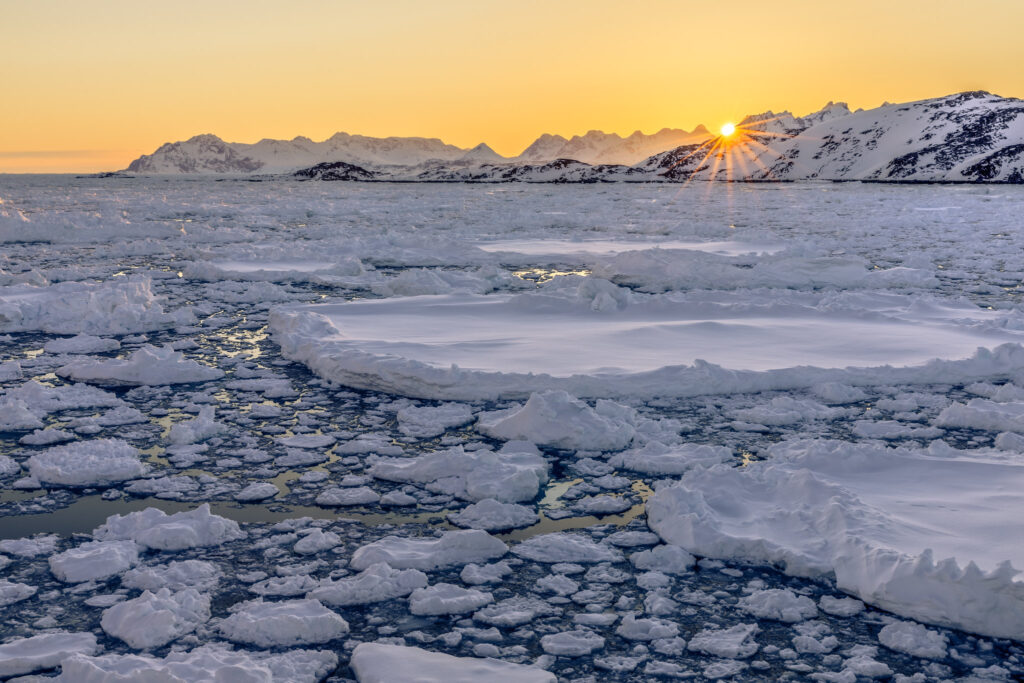
Approximately 10% of the land area on Earth is covered by ice. This includes glaciers, ice caps, and the ice sheets of Antarctica and Greenland. Nearly 70% of all fresh water on earth is locked away in ice. If all this land ice were to melt, global sea levels would rise by more than 200 feet.
According to new research led by researchers at the University of Leeds in the U.K., global warming is causing extreme ice melting events in Greenland to become more frequent and more intense over the past 40 years, leading to an increased risk of flooding worldwide.
According to the findings, which were recently published in the journal Nature Communications, approximately 3.85 trillion tons of ice has melted from the surface of Greenland and into the ocean during the past decade alone. That’s enough melted ice to cover all of New York City with nearly 15,000 feet of water.
Rising sea levels threaten the lives and livelihoods of those living in coastal communities around the world. Beyond the obvious risk of flooding in low-lying areas, rising seas also disrupt marine ecosystems that many coastal communities rely on for food and work.
Rising sea levels can also alter patterns of ocean and atmospheric circulation, which in turn affect weather conditions around the planet.
Estimates from models suggest that melting ice from Greenland will contribute between 1 inch and 9 inches to global sea level rise by 2100.
These findings are just another reminder of how we need to act urgently to mitigate climate change if we want to prevent the worst-case scenarios from becoming reality.
**********
Web Links
Increased frequency of extreme ice melting in Greenland raises global flood risk
Photo, posted April 21, 2017, courtesy of Markus Trienke via Flickr.
Earth Wise is a production of WAMC Northeast Public Radio.
Leave a Reply